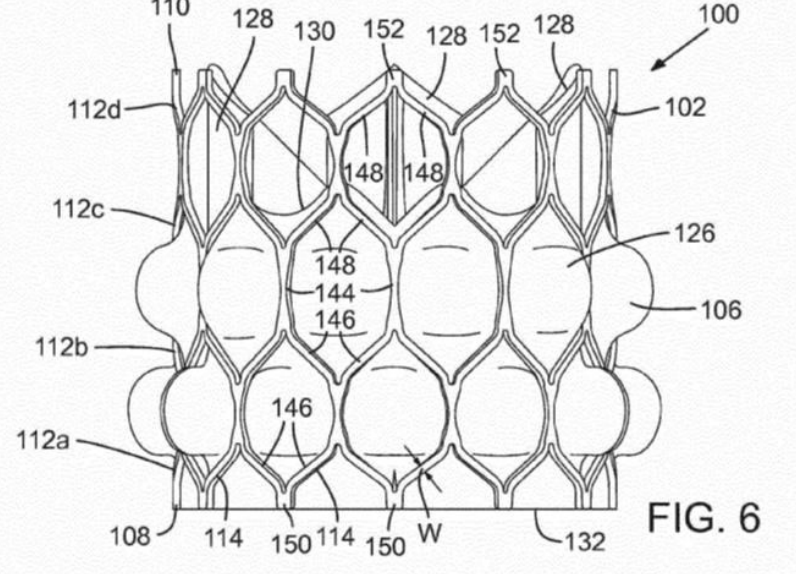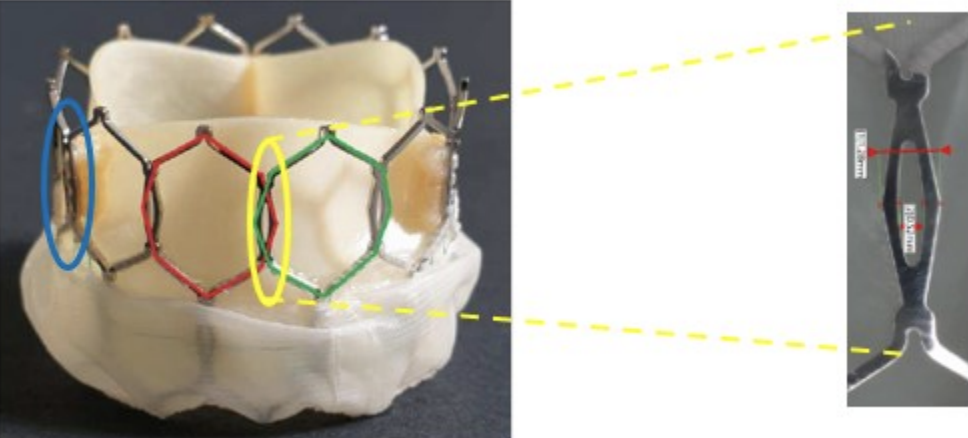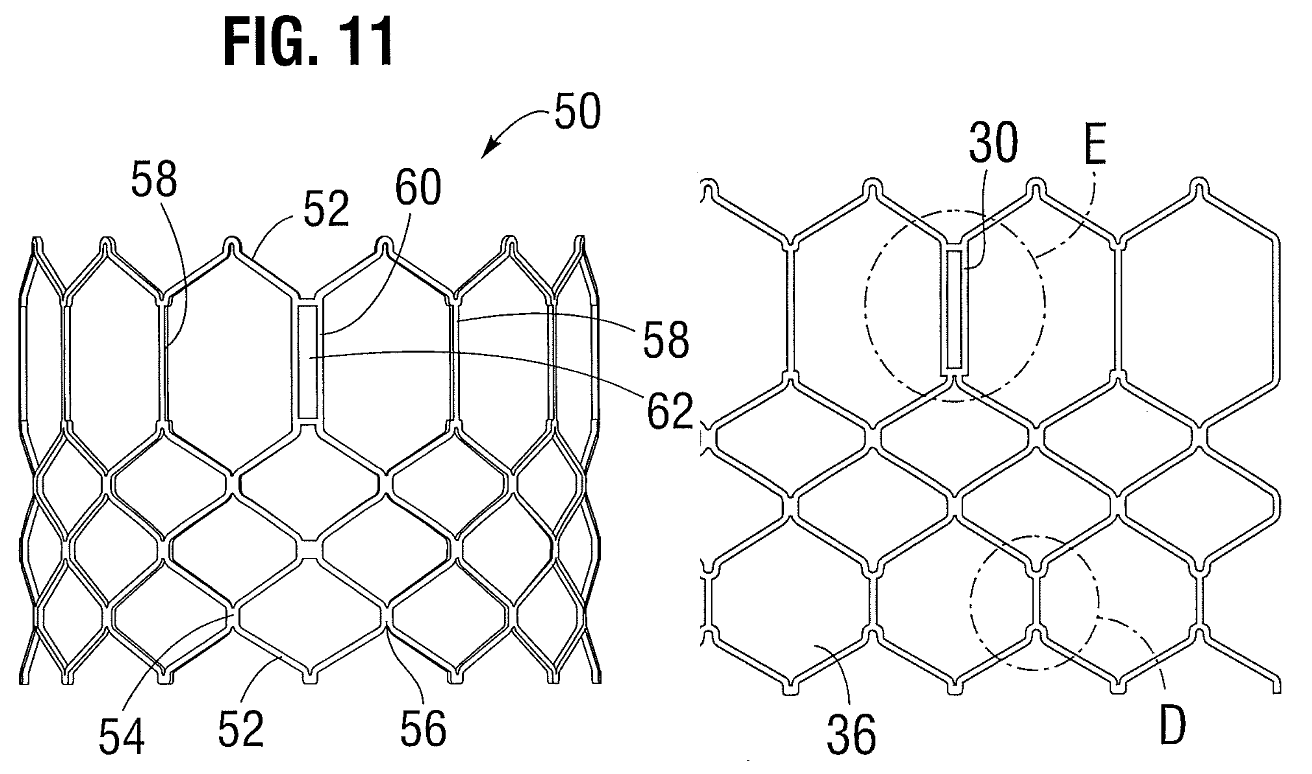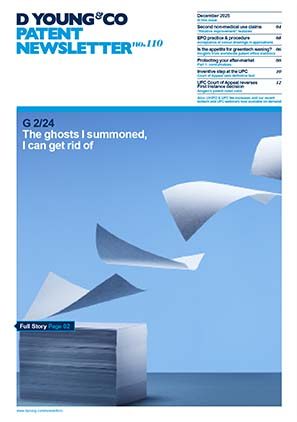Cause and effect of bifurcation at the UPC? Edwards v Meril review
In the ongoing heart valve saga between Edwards Lifesciences and Meril Life Sciences, the Unified Patent Court’s (UPC) Munich Local Division refused to stay infringement proceedings, pending an appeal of the Paris Central Division’s finding on validity of the patent in question in these bifurcated proceedings. The Munich Local Division subsequently found the patent to be infringed by Meril (UPC_CFI_15/2023).
Background
Edwards Lifesciences’ patent (EP3646825) relates to prosthetic heart valves and is part of a broader dispute between Edwards and Meril. A two-pronged revocation attack was launched by Meril Life Sciences after Edwards Lifesciences instigated its infringement action: revocation counterclaims were initiated by Meril Life Sciences Ltd and Meril GmbH before the Munich Local Division, while a standalone revocation action was also initiated by Meril Italy before the Paris Central Division. The Munich Local Division ultimately referred the counterclaims for revocation to the Paris Central Division for consolidation with the separate action filed by Meril Italy. However, the Munich Local Division remained adjudicator in the infringement claim brought by Edwards Lifesciences. A single hearing for the revocation actions took place on 07 June 2024 (see “related articles” for more on this). The patent was upheld in amended form, which formed the basis for the infringement proceedings held in Munich.
Bifurcated proceedings: when is a hexagon not a hexagon?
The patent in question relates to prosthetic heart valves comprising a collapsible and expandable annular frame made up entirely of hexagonal cells. This is depicted by the patent illustration figure 6, below).

According to the granted claims, the cells are formed from six “struts”, configured in an appropriate hexagonal shape, where opposing side struts (144) extend parallel to a flow axis of the valve (in a “vertical” orientation). The ability to reduce crimping profile, maintain stability during crimping and expansion, and provide increased radial strength are said to be a key advantages of the invention.
With respect to the decision of the Paris Central Division and that of the Munich Local Division, the key questions concerned the interpretation of hexagonal “cells” and whether other cells functioned in the same manner.
In the revocation proceedings, the Paris Central Division took a fairly literal approach to interpreting the claims, defining the hexagonal cells as comprising six struts configured as per the express terms specified in the claims. However, the Munich Local Division took a seemingly broader, functional approach to defining the hexagonal cells. While broadly following the Paris Central Division’s approach, the Munich Local Division held that the claims do not exclude the presence of other openings in the cellular framework (in addition to the hexagonal openings). The relevance of the Munich Local Division’s interpretation is pertinent to Meril Life Sciences’ allegedly infringing “Myval Octacor” heart valve, which Meril Life Sciences argued essentially comprises two different types of opening: overlapping octagon-shaped cells (marked in red and green) and rhombic or diamond-shaped cells (marked in yellow) formed within the overlapping portions of the eight struts (see image below).

The Munich Local Division considered how the Octacor cells and overlapping portions functioned, but it ultimately found that the framework behaved in a manner that was consistent with a framework formed entirely of hexagonal cells. The Munich Local Division therefore concluded that the “side strut apertures” do not form discrete cells in themselves and can be considered to form part of a hexagonal cell as per the claim.
In a further, yet unusual move, the Munich Local Division also referenced one of Meril Life Sciences’ post-filed patent applications (IN202121047196) in support of its interpretation of the hexagonal cell. While this did not alter the division’s final decision, it is noteworthy that a post-filed, third-party patent application was referenced by the division to support its interpretation of a claimed feature. This is particularly striking given that Article 69 EPC stipulates that only the description and drawings shall be used to interpret the protection conferred by a European patent.
The Munich Local Division’s approach appears more expansive than that adopted by the Paris Central Division, which took a more literal interpretation of the term “hexagonal” in the claim.
This is of note, given the Paris Central Division was seemingly not persuaded by expert opinion that argued a skilled person would consider intermediate rows of diamond-shaped cells, as disclosed in the prior art (“Levi”; see below), as hexagonal cells.

While the expert opinion may have been based on a functional consideration of the prior art figures, the Paris Central Division found that the illustrations in question distinguished between hexagonal cells and rhombic or diamond-shaped cells. Thus, in its concluding remarks, the Paris Central Division held that the rhombic or diamond-shaped cells were not comparable to hexagonal cells.
It is noteworthy that, in spite of the seemingly different interpretation, the Munich Local Division concurred with this assessment when providing its assessment on validity in the context of answering Meril Life Science’ question of whether the decision of the Paris Central Division was manifestly erroneous (see below).
To stay, or not to stay: that is the question
Another interesting aspect of the bifurcated nature of these proceedings is that Meril Life Sciences had requested a stay of the infringement proceedings pending an appeal of the revocation decision. According to Rule 295 UPC Rules of Procedure, the UPC may stay its proceedings where an appeal is brought before the Court of Appeal against a decision or order of the Court of First Instance disposing of the substantive issues in part only and in any other case where the proper administration of justice so requires (Rule 295(c)(i) and (m) UPC Rules of Procedure).
Meril Life Sciences argued that the proceedings should be stayed because the decision of the Paris Central Division regarding validity of the patent was manifestly and prima facie erroneous.
Meril Life Sciences also argued that the proceedings should be stayed on the grounds that the Paris Central Division had not considered all matters put before it and thus its right to be heard has been infringed. However, the Munich Local Division rejected Meril Life Sciences’ requests, stating it had failed to demonstrate that the Paris Central Division’s decision was manifestly erroneous. The court also considered that there had been no violation of the right to be heard, as the arguments that Meril Life Sciences considered had been omitted by the Paris Central Division were in fact referred to in the decision.
While the decision indicated that a stay of the infringement proceedings may be based on specific provisions of the UPC Rules of Procedure, there is no obligation to stay the proceedings as such. The core reason for allowing stays only in such limited circumstances appears to be due to the UPC’s focus on delivering expedient decisions.
With respect to bifurcated proceedings, the Munich Local Division did consider the Paris Central Division’s revocation decision in detail, stating that it was its belief that the assessment will “hold water” in the appeal proceedings. It will be interesting to see how the Court of Appeal decides on both infringement and revocation matters, following on from these bifurcated proceedings before the respective Courts of First Instance.
Backdated damages
In a number of jurisdiction-based requests raised by Meril Life Sciences, one of particular note was that the UPC did not have jurisdiction to decide on acts of infringement committed before the entry into force of the Agreement on a Unified Patent Court on 01 June 2023. The Munich Local Division rejected this request in full. In particular, the division rationalised its decision on the hypothetical basis that, following the conclusion of the transition phase, the UPC will have exclusive jurisdiction over all European patents designated to UPC participating European Union (EU) member states (unless these European patents have been opted out of its jurisdiction during the transitional phase). Thus, the national courts of the UPC member states will no longer have competence in this regard.
As a result, if Meril Life Sciences’ arguments were to be accepted, no court would be able to adjudicate claims for infringements committed prior to 01 June 2023 after the UPC transition phase finishes, which would not be viable.
Conclusion
Without commenting on the merits of either decision handed down by the Paris Central Division or Munich Local Division, there are possible risks of bifurcating proceedings at the UPC that are evident to see in this decision. Here, it is particularly noteworthy that the divisions adopted different interpretations to one another when reviewing the same claim. It will be interesting to see how the Court of Appeal assesses validity and infringement of Edward Lifesciences’ patent in due course, and in particular how a single interpretation of the claim by the Court of Appeal impacts the outcome for validity and infringement.
With respect to stays of proceedings, it seems as though it would be difficult to have revocation/infringement proceedings stayed simply because the proceedings have been bifurcated and there is an appeal pending in respect of one of the matters. Indeed, it seems that UPC cases are rarely stayed (see more on this subject in our recent article “Lessons from Carrier v Bitzer, parallel proceedings at the EPO and UPC”: dycip.com/upc-ord-25123-2024-carrier-bitzer).
We will continue to monitor these proceedings and report on their progress in due course.
Related articles & useful links
- UPC_CFI_15/2023 (PDF): dycip.com/upc-cfi-15-2023
- WO 2012/48035: dycip.com/WO2012048035
- Meril v Edwards: inventive step at the UPC, 08 October 2024: dycip.com/ord-25123-2024
- Rules of Procedure of the UPC (PDF): dycip.com/upc-rulesofprocedure
- UPC_CoA_22/2024 (PDF): dycip.com/upc-coa-22-2024
- UPC_CFI_263/2023 (PDF): dycip.com/upc-carrier-bitzer-jul24
- Lessons from Carrier v Bitzer, parallel proceedings at the EPO and UPC, 08 October 2024: dycip.com/upc-ord-25123-2024-carrier-bitzer


